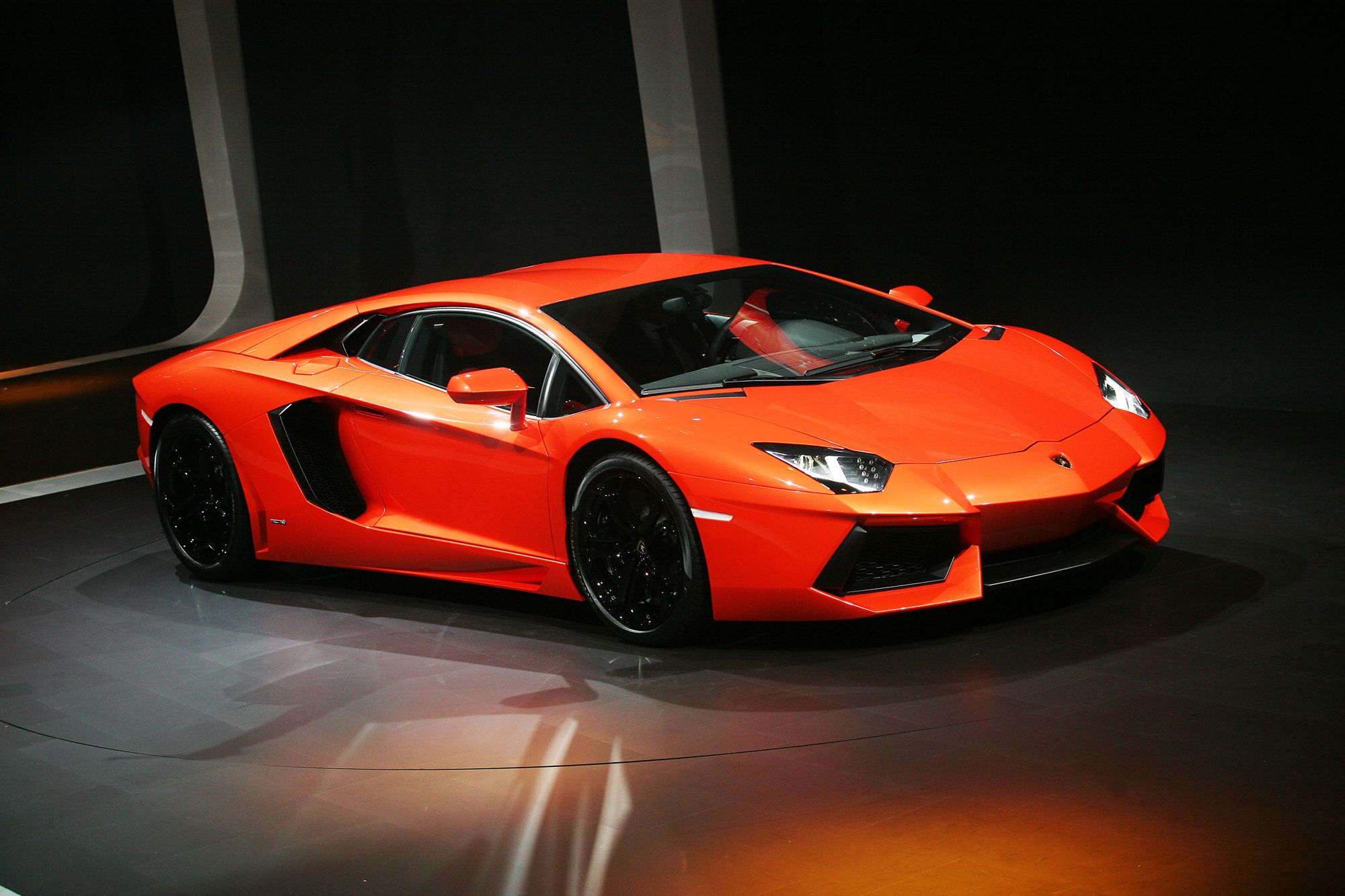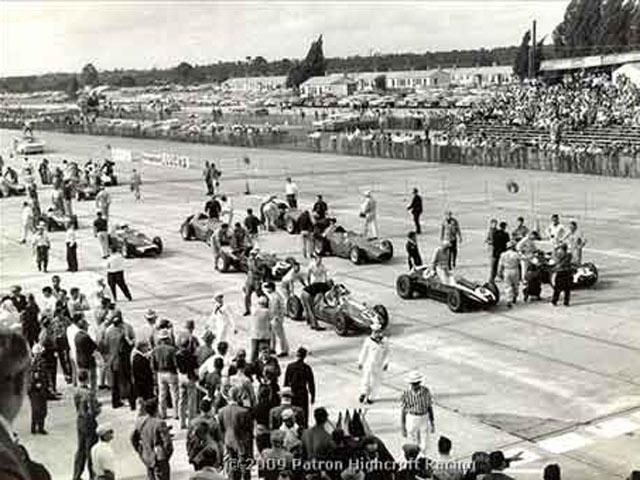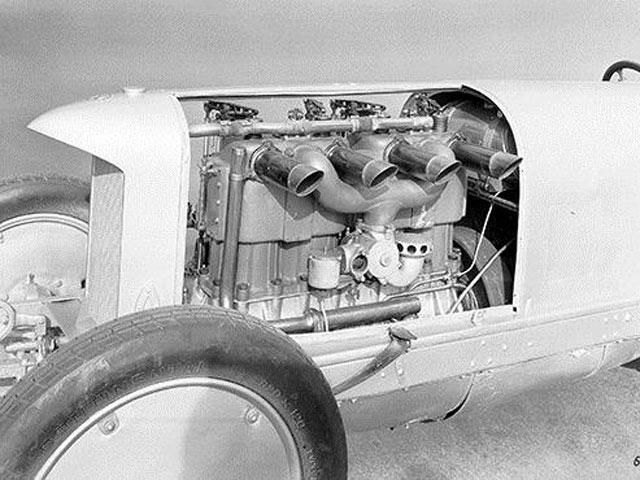
The future of the US Grand Prix is, once again, hanging in the balance. Bernie Ecclestone, CEO of Formula One Group, is adamant the 2012 US GP in Austin, Texas is now off the schedule. Martin Whitmarsh, McLaren team principal, on the other hand, is still hopeful that next year's race will go ahead. Arguments between the race promoter and the circuit's owners have resulted in chaos. The race fee wasn't paid on time so, according to Ecclestone, the race is off. An F1 race on American soil could be delayed once again by at least a year.
The romance between F1 and America has had its ups and downs; the proverbial peaks and valleys equal only to those one negotiates when climbing up and down the Rocky Mountains. Although American involvement in Grand Prix racing was limited since the dawn of motorsport history, both sides of the Atlantic were always attracted to each other: Americans were lured by the European glamour and mystery, while Europeans were enticed by the vast American continent. However, six of the seven US GP races held between 1908 and 1916 were won by European automakers.
That might have discouraged further European-dominated races in the U.S., which didn't take place again until the end of the 1950s. In that decade, however, the Indy 500 was part of the Formula 1 World Championship, though there was no relationship between the Indy and F1 cars. European teams didn't bother to attend the Indianapolis Motor Speedway (IMS) for the Indy 500 and as a result, American racing cars and drivers joined the stats of F1 winners. Apart from the Indy and the nascent NASCAR series, the American motor racing community was still attracted by the romance of European motor racing.
Road races such as the Mille Miglia and the Targa Florio, legendary racing circuits such as the Nurburgring Nord Schleife, Monte Carlo streets and Circuit de la Sarthe, on which the 24 hours of Le Mans took place every year, lured the best of American racing talent. Figures such as Carroll Shelby, Dan Gurney, Phil Hill, Mark Donohue, Roger Penske, Walt Hansgen and Mario Andretti crossed the Atlantic innumerable times to take part in various European racing events. And during the '60 and '70s, the Watkins Glen circuit in upstate New York became the home of the American Grand Prix.
Drivers loved the place that hosted the event every autumn when red leaves covered the whole area and huge crowds flocked to the circuit. And although American Formula 1 teams were a rarity, there were a few attempts made to establish some. Examples include when Dan Gurney created the Anglo American Racing which produced the Eagle-Weslake car. He later went on to win the 1967 Belgian GP in that car. That was followed by Penske Racing, which competed in F1 for three seasons (1974-1976). Their best result was when John Watson won the 1976 Austrian GP.
As the 1970s came to a close, an unknown businessman by the name of Bernie Ecclestone, then the owner of the Brabham F1 team, wrested control over the F1 series and began to change the rules of the game. He turned things around as the organization became more professional, more unified and with less character to each event. Ecclestone always understood the importance of the American market to the business success of F1. Under his watch during the '70s, three F1 events were held on American soil in one year - an unprecedented happening.
In addition, the Canadian GP gained in popularity and allowed the American fans to enjoy multiple F1 events every year. After leaving upstate New York, the Grand Prix circus began to wonder around the U.S. in search of a permanent home. Long Beach hosted five F1 events that were called the US GP West. Detroit hosted seven street races called the Detroit GP and Las Vegas hosted two races called the Caesars Palace GP because they took place on the hotel-casino's huge car park. Dallas also once had its claim for F1 fame in 1984 when the Dallas GP was held on city's streets.
The GP nomadism didn't help to improve the image of the sport as the F1 presence in the U.S. remained in constant jeopardy until the 1990s when it lost its place on the calendar because Ecclestone couldn't find a promoter to run it. Then Tony George of the Indianapolis Motor Speedway came to the rescue. He adapted its oval racetrack for F1 by adding a new winding road section. For seven years (until 2007), the race was held against the ashen backdrop of the IMS (including the infamous 2005 race in which only six cars started) till the promoter decided that a race fee of $25 million was well over his budget.
And since 2008, the US GP has been erased from the calendar. But Ecclestone's American illusions were still very much alive and new American entrepreneurs emerged to help him make things happen. In 2009 the US F1, a new American Formula 1 team, was founded by Ken Anderson and Peter Windsor in preparation to enter the 2010 World Championship. The founders wanted to locate the team to North Carolina - far away from the hub of the F1 industry in the UK. However, from an early stage the operation ran into financial difficulties and they had to withdraw their entry.
Just a few weeks later, Ecclestone, still eager for an American presence, announced a race in Austin, Texas on a circuit yet to be built but construction for the Circuit of the Americas had already begun. However, now it seems the race will not take place in 2012 after the recent falling out between the promoter and the circuit owners, though Ecclestone is still giving it a chance for the 2013 season. In that year, however, another premiere is expected: a Formula 1 race on the streets of New Jersey, which is basically a cheap substitute for Ecclestone's dream for a race on New York City's streets. But to this day, America and F1 are still in search for coexistence.


